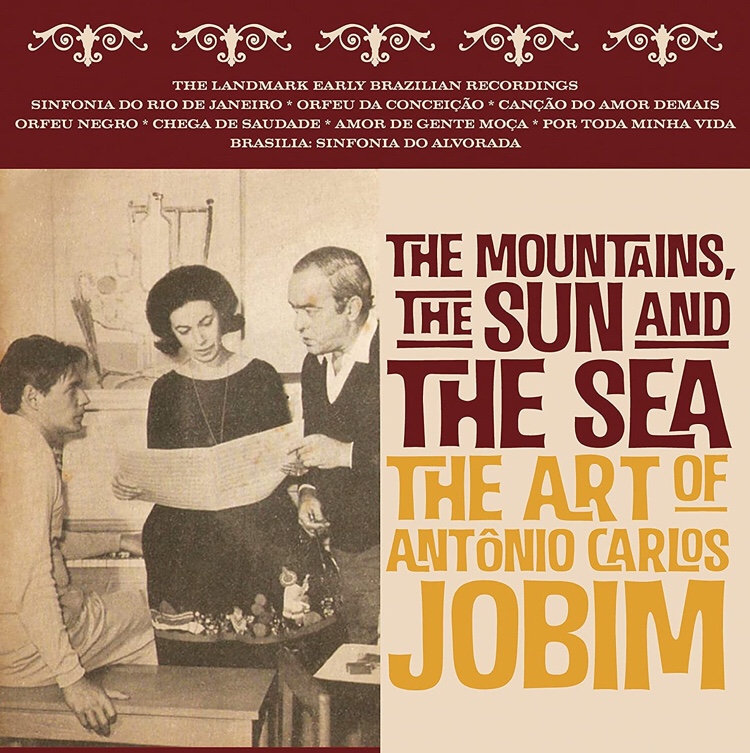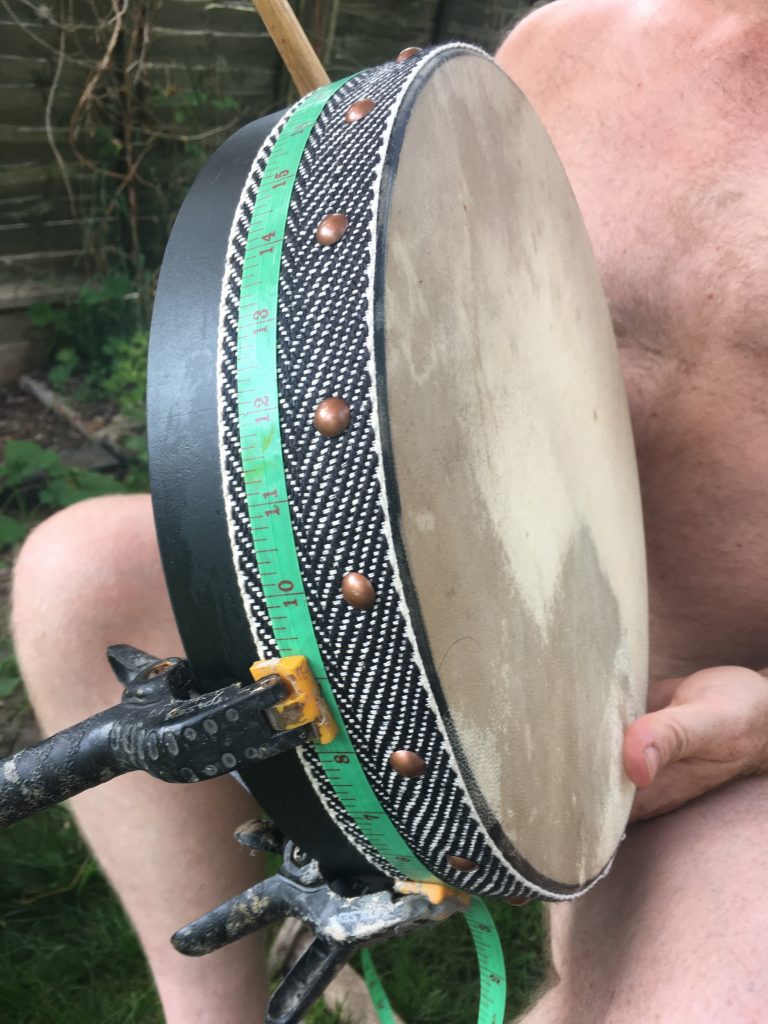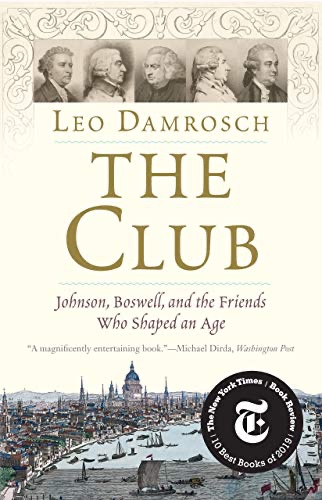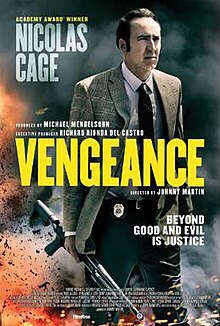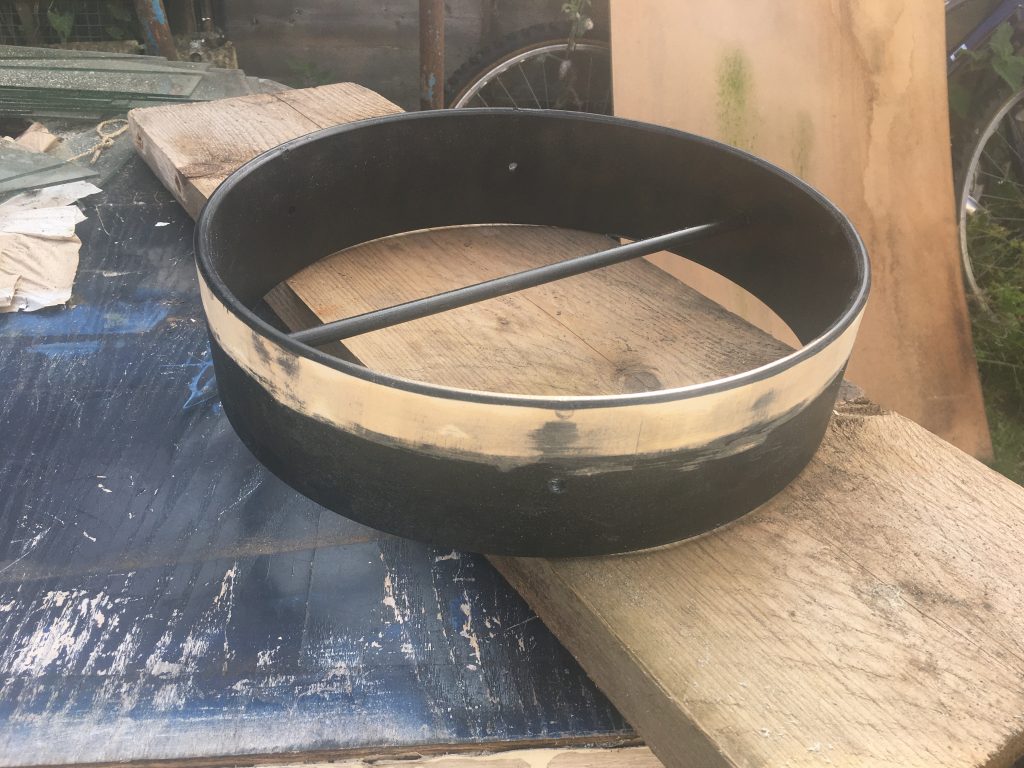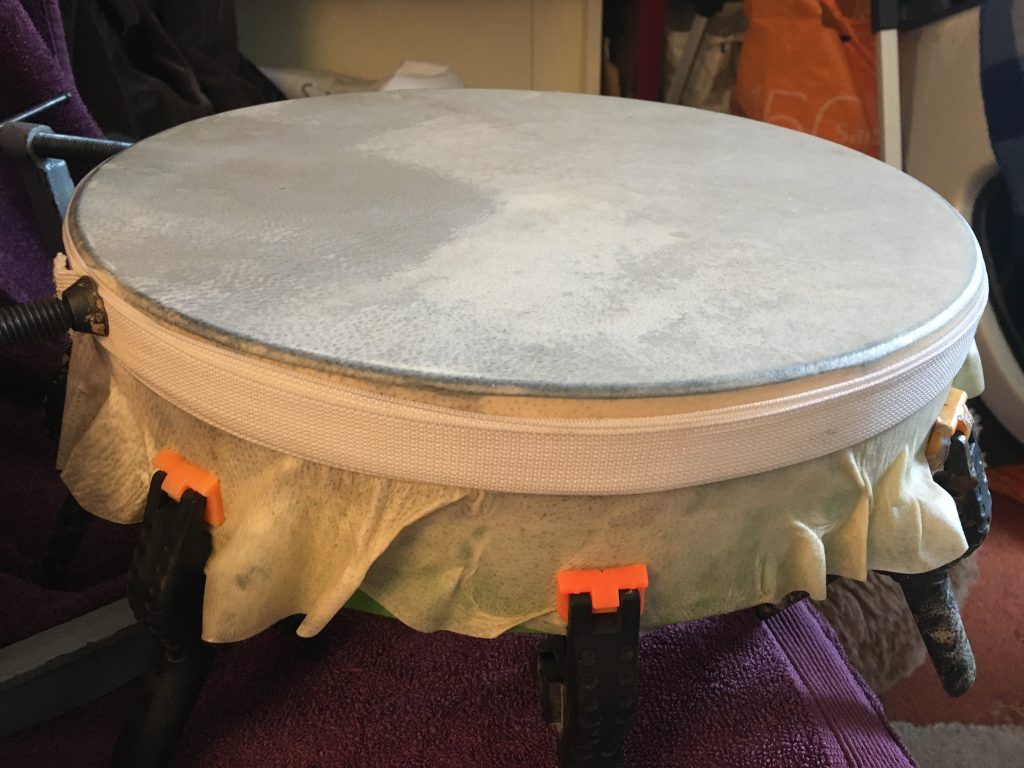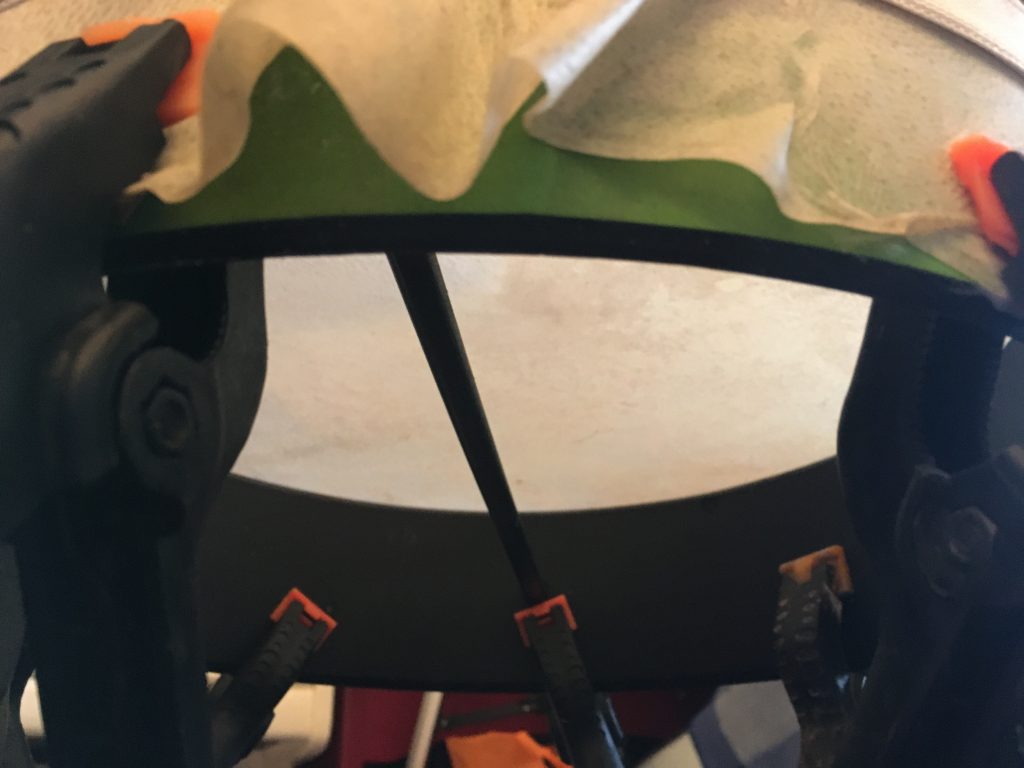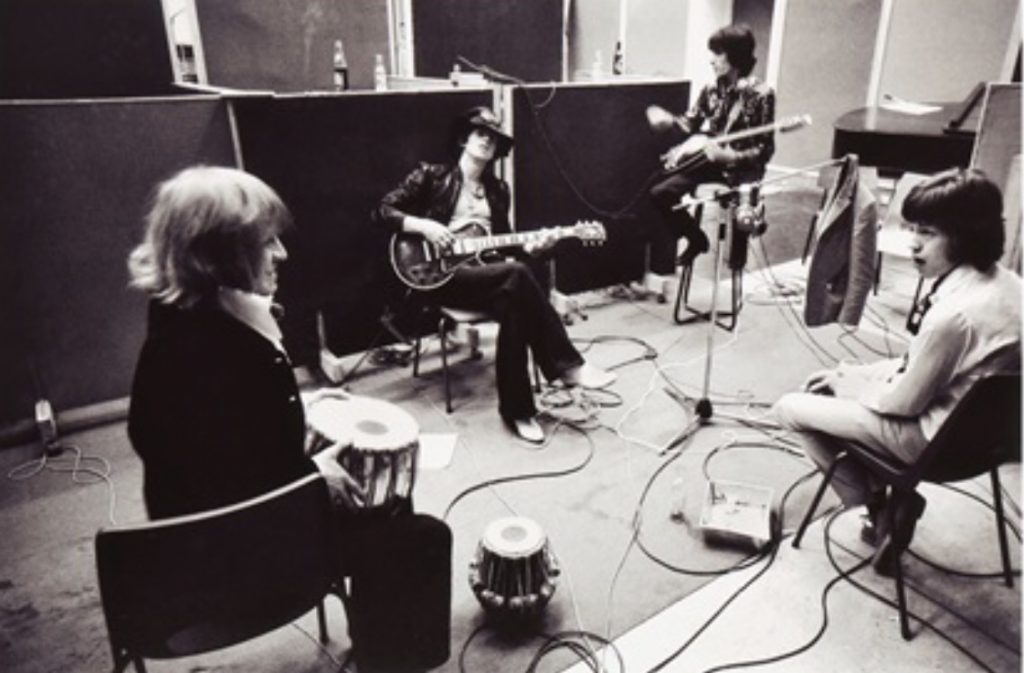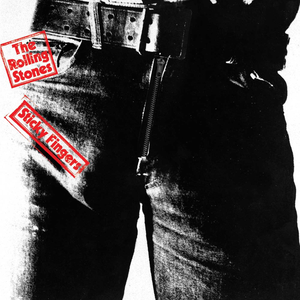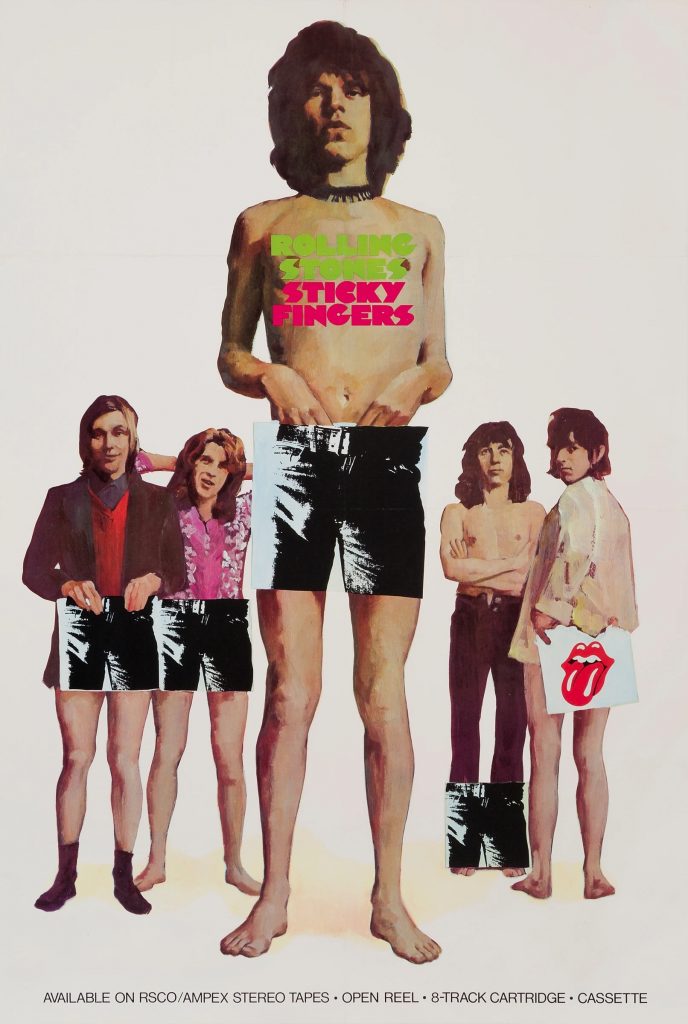

I was working at the home of my illustrator pal Tim Oliver, on Sept 11th, 2001. I was outside the house, working in a wooden shed studio in the back garden. Tim came running in, clearly agitated and excited, saying I had to come inside and see what was on the TV. I think it was a sunny day in the UK/The Fens, just as it was in the US.
Now, 20 years later, it’s still very powerfully affecting, seeing the footage and images of that fateful day. And there are a number of interesting ‘twentieth anniversary’ type programs on TV and other media, about these unbelievable events. This particular program is particularly fascinating, as it’s a view into the nerve centre of the American government as it came under attack.


I remember the way one thing after another kept happening: first one plane, then another, hitting the first and then the second tower, then a plane crashing into the Pentagon, then one tower coming down, then the other. It was a series of hefty punches, raining down, one after the other. This program conveys that well.
As well as the panoply of illustrious and powerful talking heads – all the key players: Bush, Cheney, Rice, etc. – who so suddenly seemed rendered powerless, there’s a cleverly deployed visual timeline. The combination of source materials, such as footage of the events themselves, audio recordings, and stuff like the computerised data of aircraft in flight, is incredible, and very well presented. The whole adds up to a very powerful experience.


One could argue that this might be official and therefore hagiographic propaganda. And maybe it is? A joint production by Apple TV, and the BBC, it appears, at first glance, to be independent. Certainly it’s very candid, with full and frank admissions as to the unpreparedness of US govt’ for such events.
The chief protagonists come across very well. Bush in particular impresses. Compared to some of the buffoons that have disgraced high public office on both sides of ‘the pond’ recently, the levels of eloquence and dignified calm in the face of such trauma are salutory.
Bush was doing a meet ‘n’ greet at the Emma Booker Elementary School, Saratoga, Florida, when he learned of the unfolding events. Watching how he reacted to learning the news is powerfully compelling viewing. And as things escalated the President and his entourage had to work out how to react; where to go, what to say.
This programme shows how uncertain things were. Bush wanted to go straight to Washington. But the bureaucratic machinery around the President overruled him, and they went instead to USAF Barksdale, and then a secure bunker in Nebraska.
One thing that this brief but impressive doc’ doesn’t address, which is something many non-Americans will think about (hopefully some Americans also?), is how America is happy to use violence abroad, but is so shocked when it comes home to roost. And of course there’s the irony of violence begetting yet more violence.

One of the things about Bush and his coterie of advisors at this point is that they were clearly very competent. It’s good to hear the former President acknowledge the importance of such resources as the teams of advisors he had around him, and to see that this was real and meaningful advice – willing and able to contradict him if need be – not just place-serving ‘yes men’ (and women!).
But after all of this, Bush felt, and undoubtedly rightly so, that he had to get to somewhere visibly ‘central’, which for him was Washington, and be seen and heard to be calmly in command. Bush, an assertive and competitive man, was psychologically exactly the right kind of leader for this ver challenging moment.
I may object to his religious platitudes, apple pie Americanisms and machismo, but Bush handled the unfolding events pretty damn well. On the day. But maybe the longer term legacy of such blue-blooded American posturing hasn’t been so good? To their credit, the production team don’t duck this issue (see below).

BBC ‘Do you think your actions after 9/11 made the world a safer place?’
GB ‘I’m comfortable with the decisions I made.’
One particularly poignant thread, amongst many, is that of Ted and Barbara Olson. Ted was, at that time, a very high ranking official in the Justice Dept, and his wife, Barbara was a conservative journalist/pundit. Barbara took a later work-related flight than originally planned, in order to share Ted’s 61st birthday with him, leaving a love note to her husband on his pillow (which he reads, very movingly, in this film). A note he would first see and read very late on the very same day he knew she had died.
Towards the end of the documentary, and in real timeline terms, on the 14th Sept – so three days after the events – Bush and his entourage visited ground zero. ‘It was almost like Pompeii’, says journalist David ‘Stretch’ Gregory.
All in all, this is an excellent programme, that gives an incredibly powerful, unprecedented and surprisingly candid insight into some very powerful era-defining events. Definitely well worth watching.







